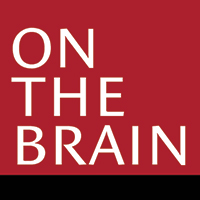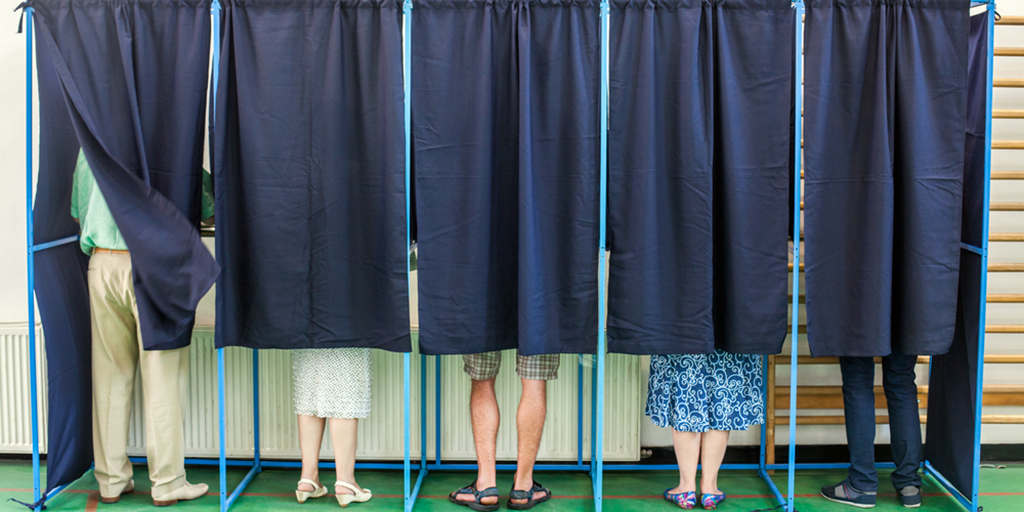Autumn 2016
When the race for the 2016 presidential election unofficially kicked off, no fewer than 25 candidates threw their hats in the ring to vie for this nation’s top job.
 There were six Democrats, 17 Republicans, and a handful of third-party entries. That’s a lot of choices. Yet, whether the number is 25 or two, how do voters decide which candidate is their candidate?
There were six Democrats, 17 Republicans, and a handful of third-party entries. That’s a lot of choices. Yet, whether the number is 25 or two, how do voters decide which candidate is their candidate?
“The number one, overwhelming factor in voting is partisanship,” says Ryan Enos, an associate professor of government in the Harvard Faculty of Arts and Sciences and a faculty associate in Harvard’s Institute for Quantitative Social Science, which specializes in American politics, political psychology, and race and ethnic politics. “People look at the candidates and say, ‘I’m a Democrat, I’ll vote for the Democrat,’ or ‘I’m a Republican, I’ll vote for the Republican’.”
But the neurological processing that goes into making decisions is not that simple. A number of factors—some conscious, some subconscious—influence the outcomes of all the decisions we make. More than 50 years of research on political decision-making, for example, says that although party affiliation may be the strongest indicator of our candidate preference, a candidate’s looks, voice, and intelligence may also drive what box we check on the ballot.

 The Harvard Mahoney Neuroscience Institute hosts a
The Harvard Mahoney Neuroscience Institute hosts a  Since its founding in 1990, the Harvard Mahoney Neuroscience Institute has helped advance neuroscience at Harvard Medical School by promoting public awareness of the importance of brain research and by helping to fund research at the School’s Department of Neurobiology.
Since its founding in 1990, the Harvard Mahoney Neuroscience Institute has helped advance neuroscience at Harvard Medical School by promoting public awareness of the importance of brain research and by helping to fund research at the School’s Department of Neurobiology.